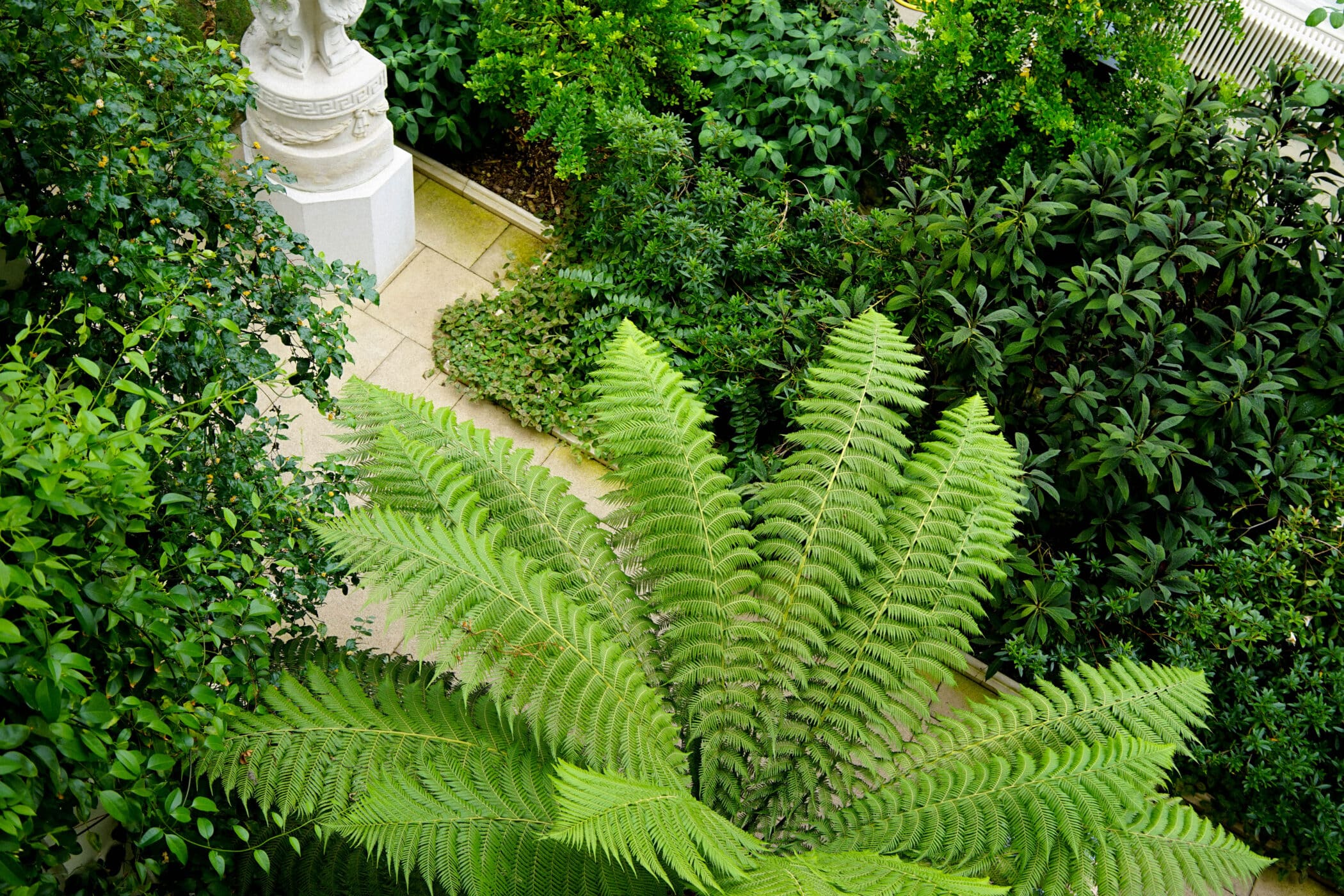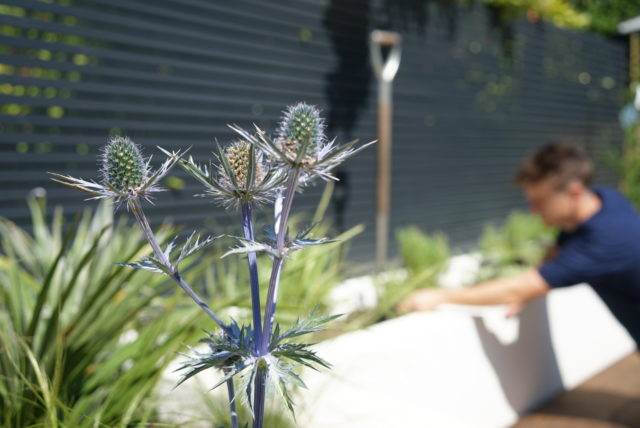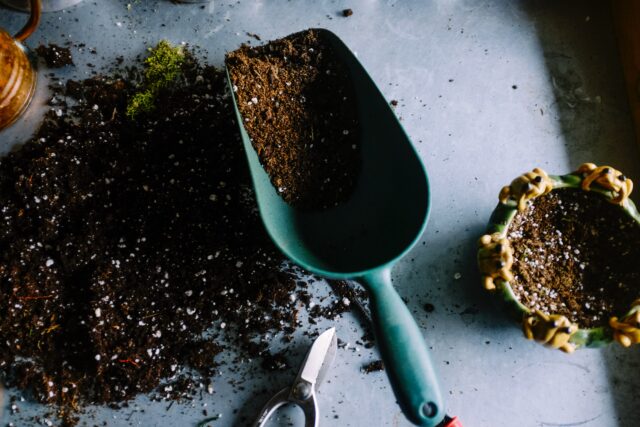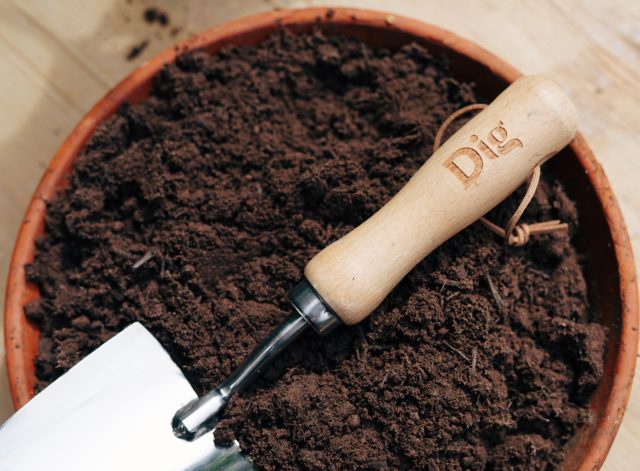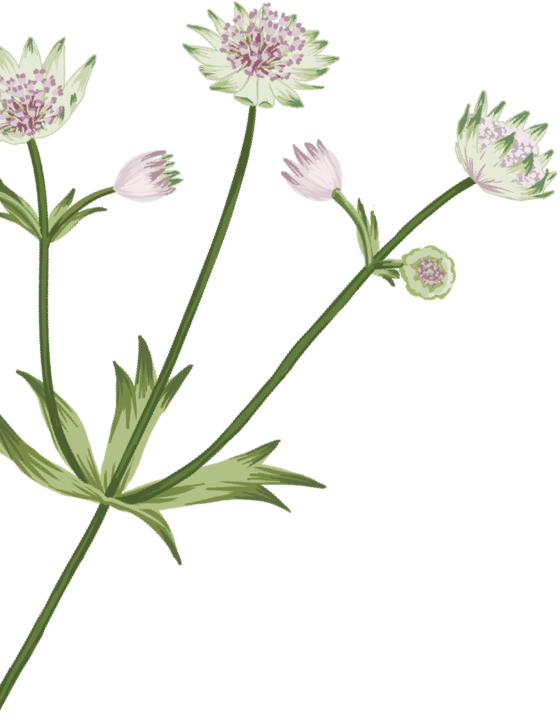One of the most remarkable things about Kew, in a city where space is a premium, is how vast it is. Even on a busy weekend, there are always moments of quiet, peace, and calm as you venture deeper and deeper into its 500 overflowing acres of plants. From towering glasshouses like the tropical Palm House to the recently renovated cooler Temperature House and the extraordinary Princess of Wales Conservatory, to Japanese-inspired gravel gardens and sweeping avenues of trees, Kew offers horticultural as well as scenic variety like no other place in the capital. Behind the scenes, science reigns supreme at Kew, as botanists work on world-leading conservation projects that prioritise tackling biodiversity-loss and species preservation.
You’ll find far more information about the invaluable work taking place at Kew than we can offer here, on their own website. What we can offer you however are the things that inspired us when we visited. Things that, despite being situated in an expansive, professionally maintained and world-leading botanic garden, can be easily applied to a garden, balcony, terrace or patio of any size.
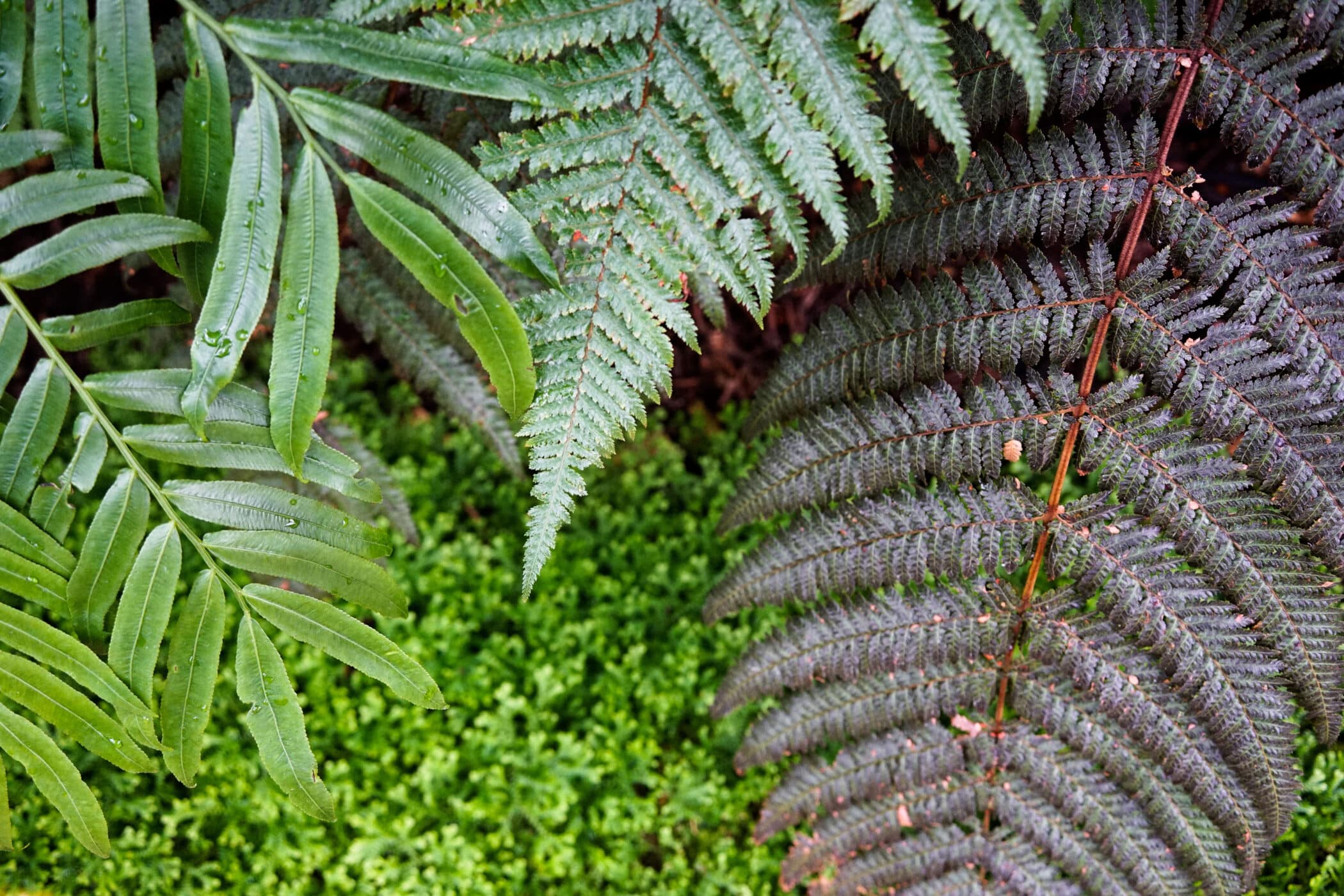
In Kew’s Temperate House, one of the first things that struck us wasn’t the towering trees or ornate spiral staircases, it was ferns. Low-lying varied ferns which, notably, had been underplanted and surrounded by a variety of Sedum. Woodland planting, like that found in our theme The Jungle, can be beautiful held together with a spreading plant such as this or a Mind-Your-Own-Business and, with careful monitoring to ensure it doesn’t take over completely, can add an understated, scene-setting extra element. Shade-loving plants like this can be introduced between plants in a flower bed to tie everything together and, just as easily, on the surface of the soil on a potted plant.
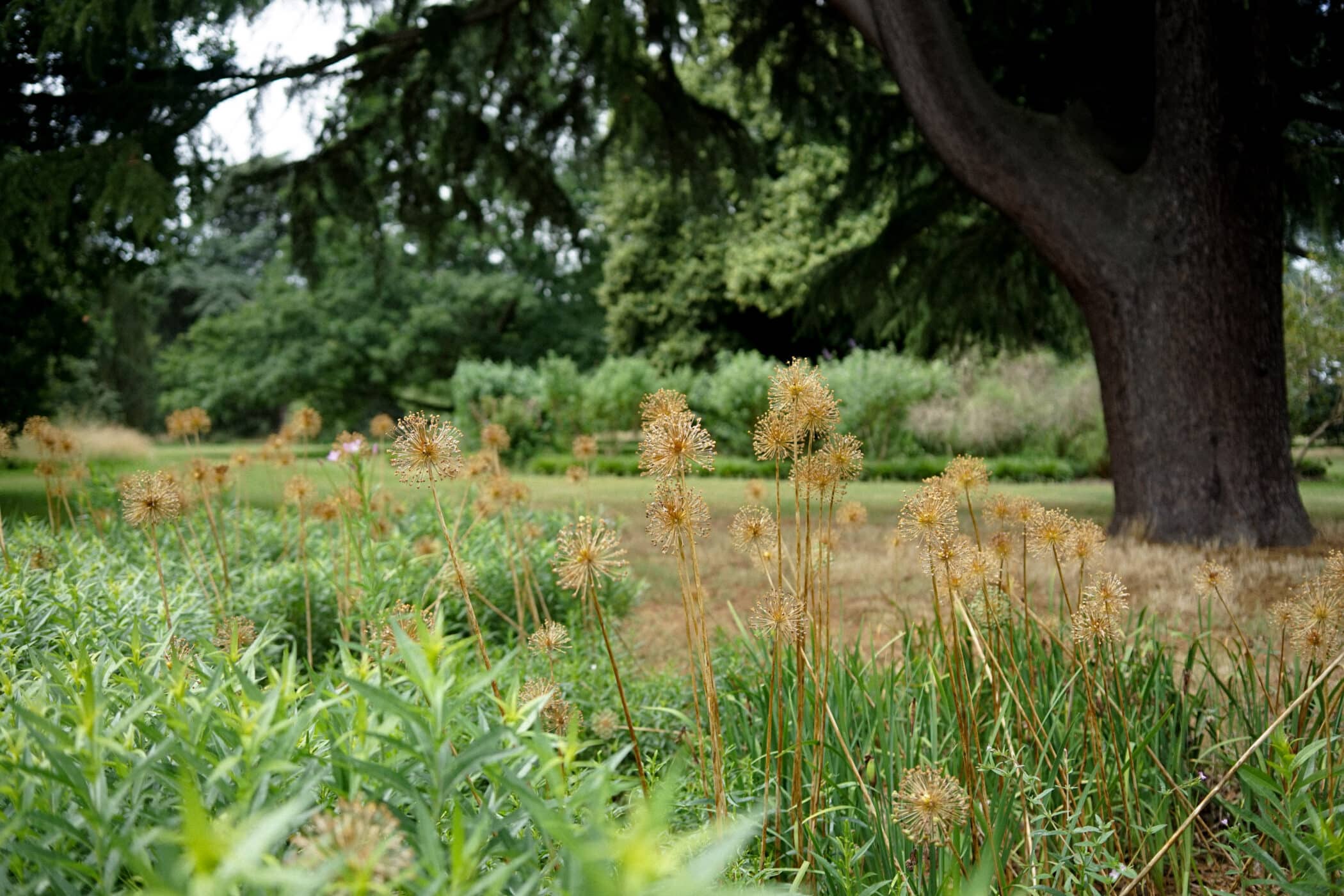
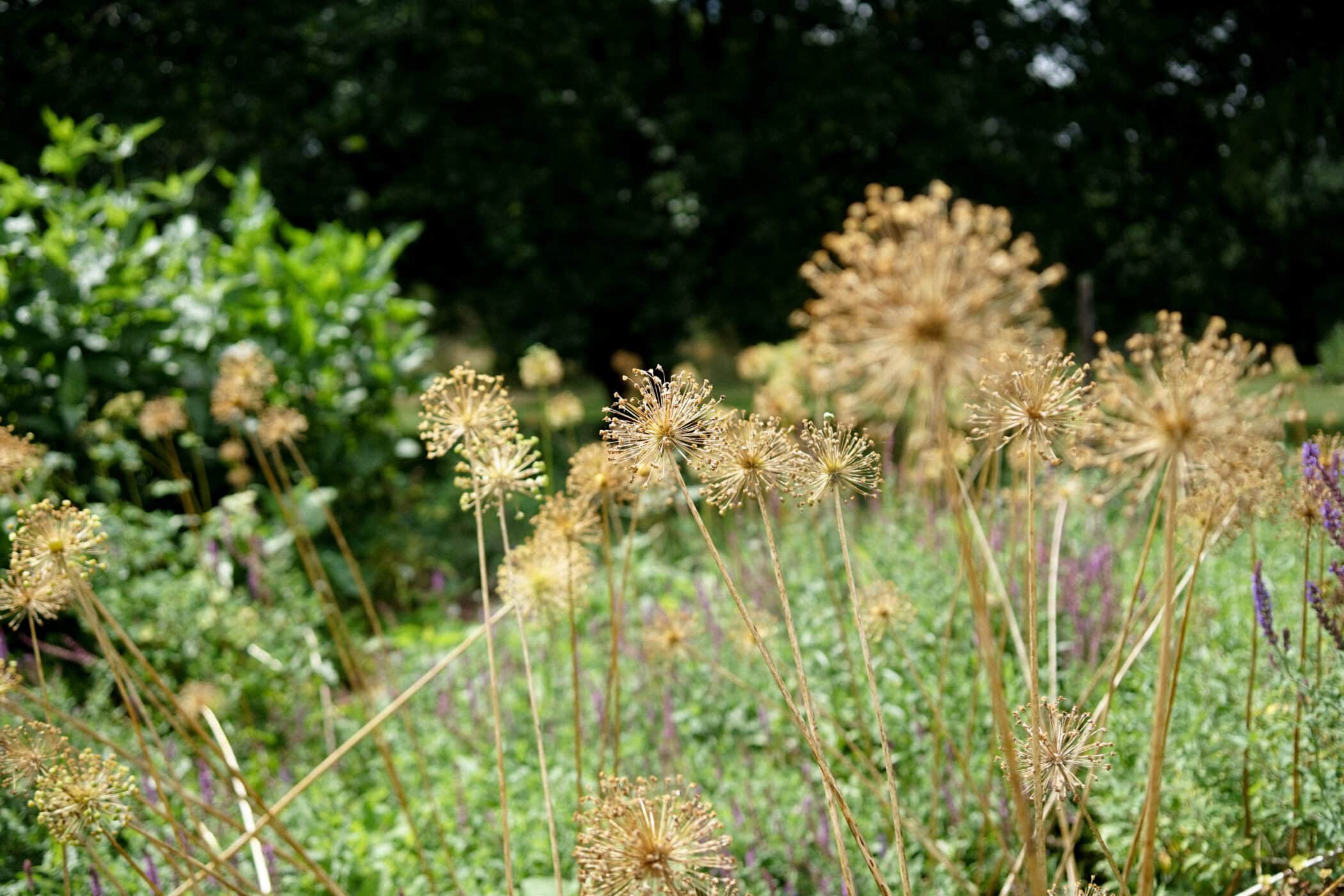
Purple, lollipop-headed Alliums are just as beautiful and structural once they’ve finished flowering. Wherever you grow your Alliums, consider leaving them to turn brown once they’ve finished. You can cut them back later in the year for dry flower displays or compost them but at least until the first few frosts, they’re perfectly fine where they are and look magnificent.
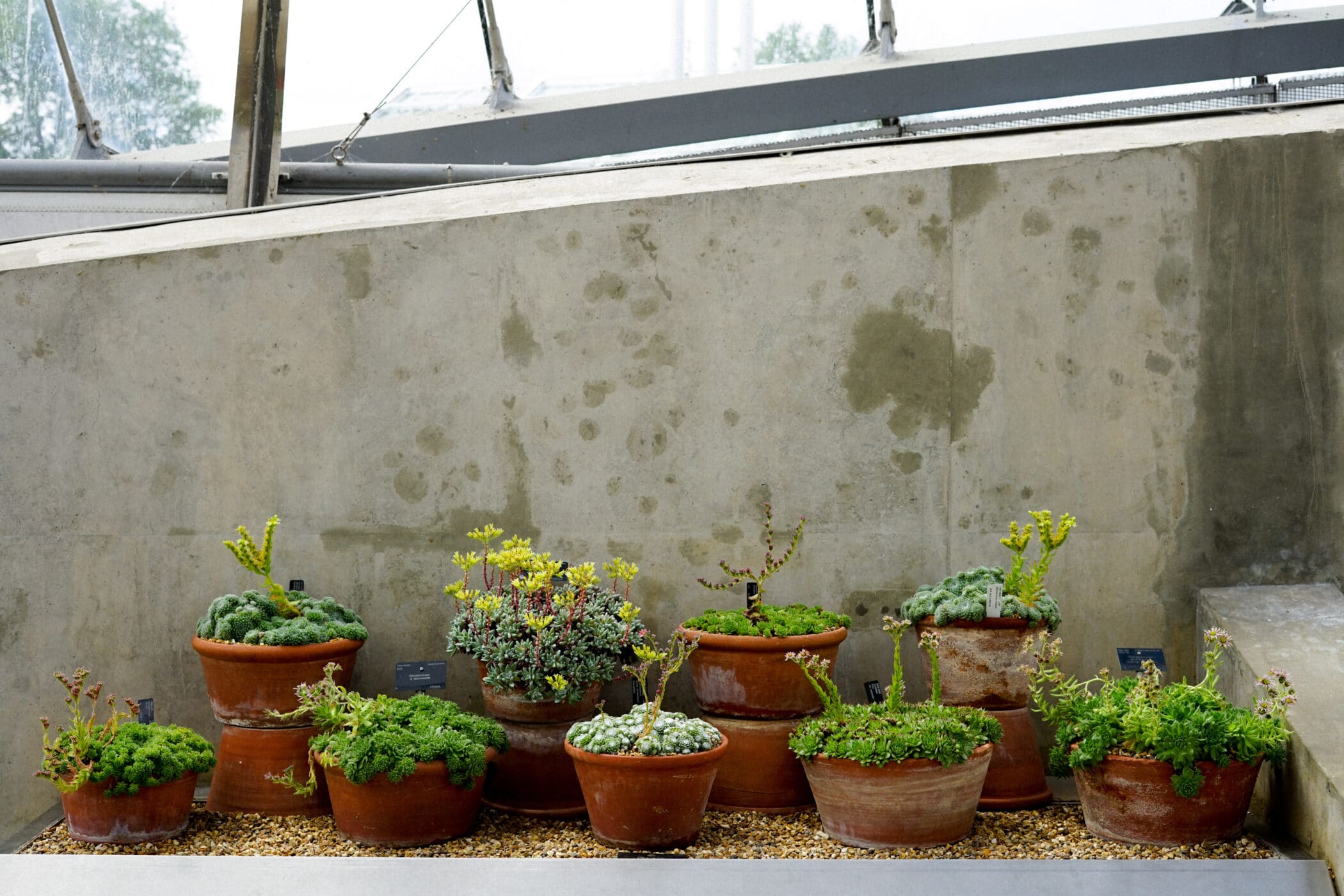
Every Dig theme has been designed to give not only seasonal variety but also variety of height too. It ensures that there’s always something to look at and enjoy, no matter the time of year. This small display of terracotta pots planted with succulents and desert plants in the alpine section at Kew reminded us how important it is to think about height with pots as much as with plants. An upturned pot to sit another on top of can provide quick and easy variety in a smaller space – particularly a balcony or terrace – and allow lower-lying plants a little more deserved attention.
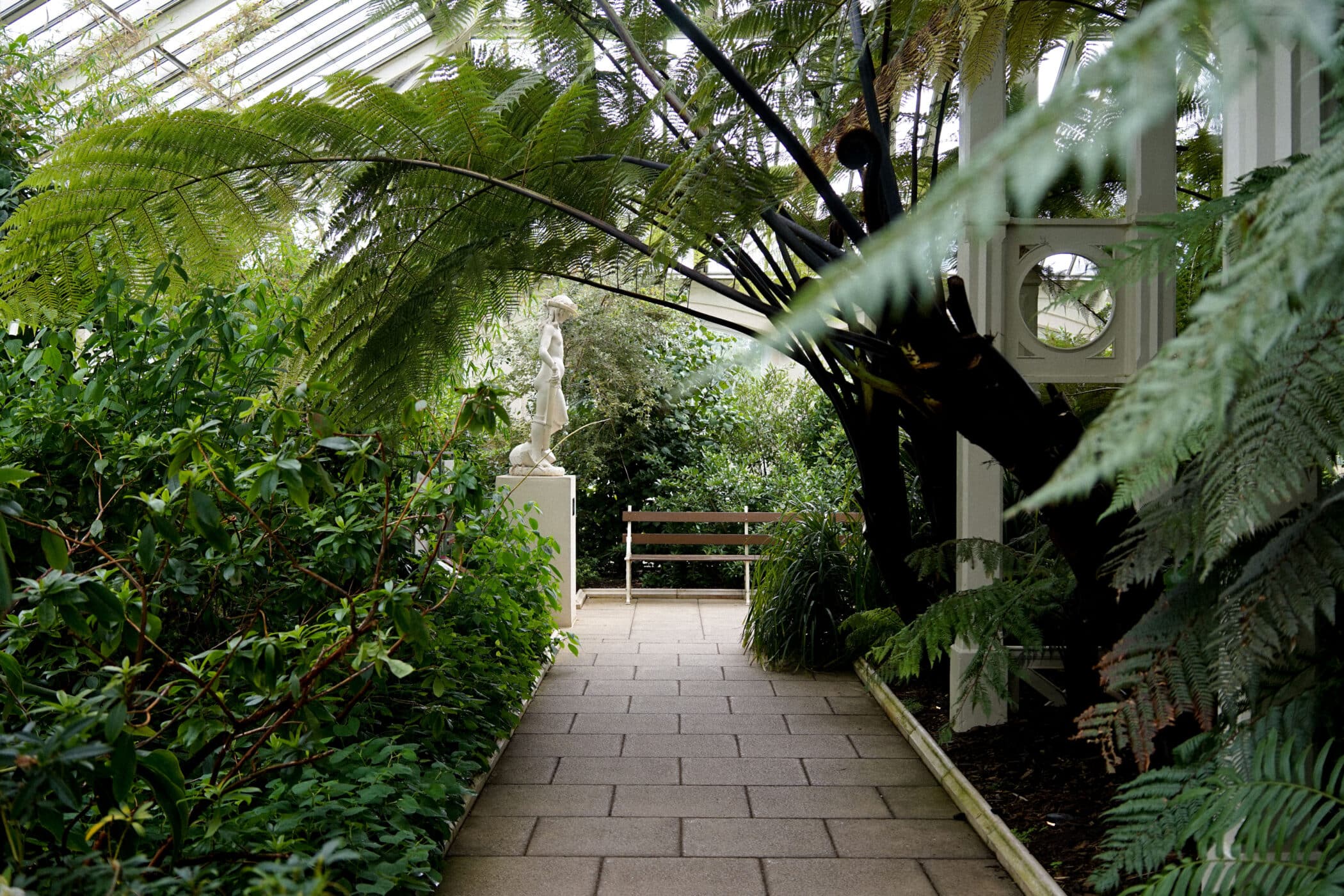
This next one is, arguably, a stretch. We’re going for it anyway though. The bench at the end of this pathway, surrounded by overhanging branches, struck us as both inviting and intriguing. Your eye is drawn to it in much the same way that the tree-lined avenue below draws your eye to the greenhouse house this bench is found in, and it’s crying out to be sat on in our opinion. If you have the luxury of a garden, think about sightlines when positioning your own bench. What do you want to be looking at? A bench at the end of a garden, looking back at the house instead of away from it, can act as an encouragement to interact, beckoning visitors to wander towards it with the reward of seeing the garden from a new perspective.
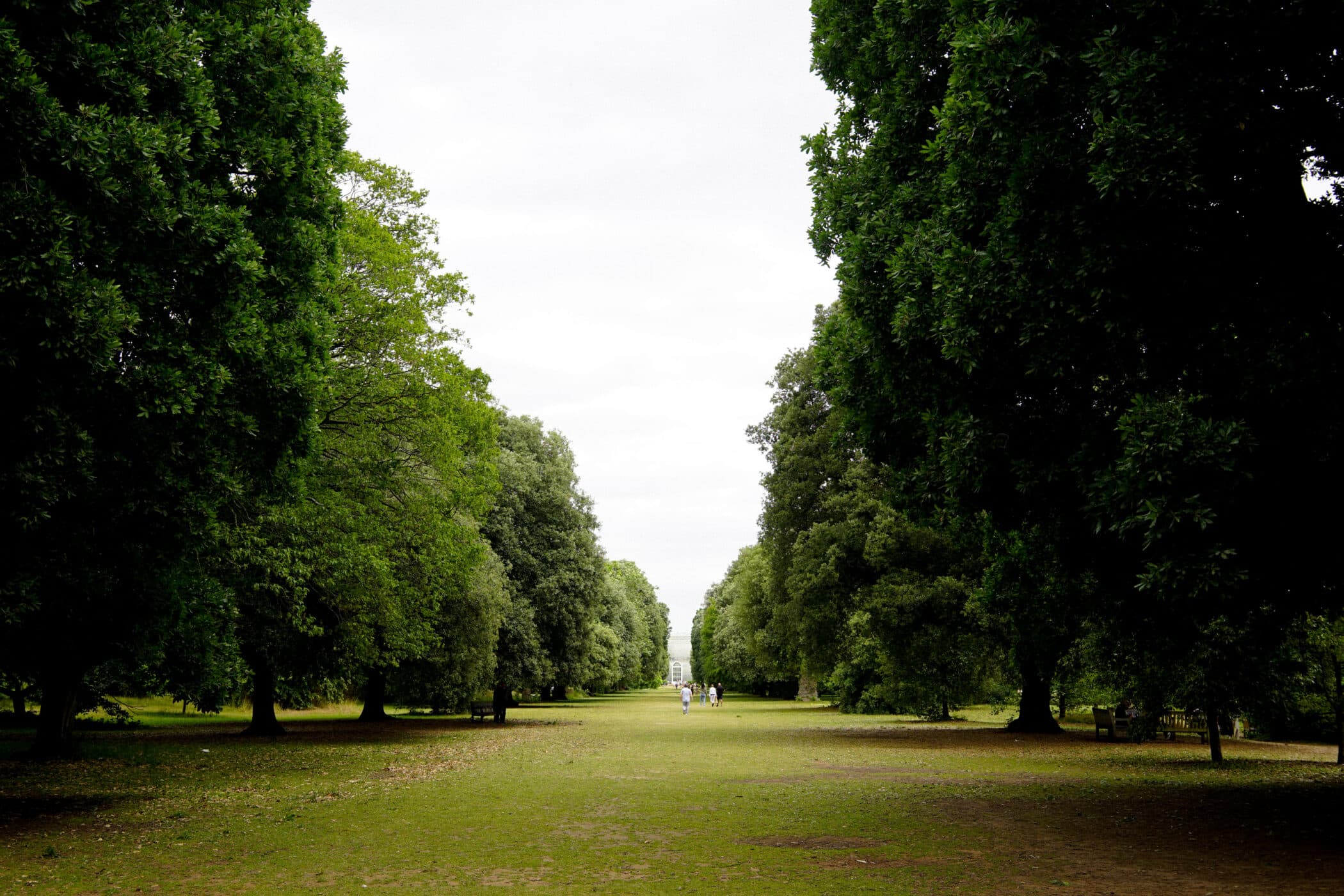
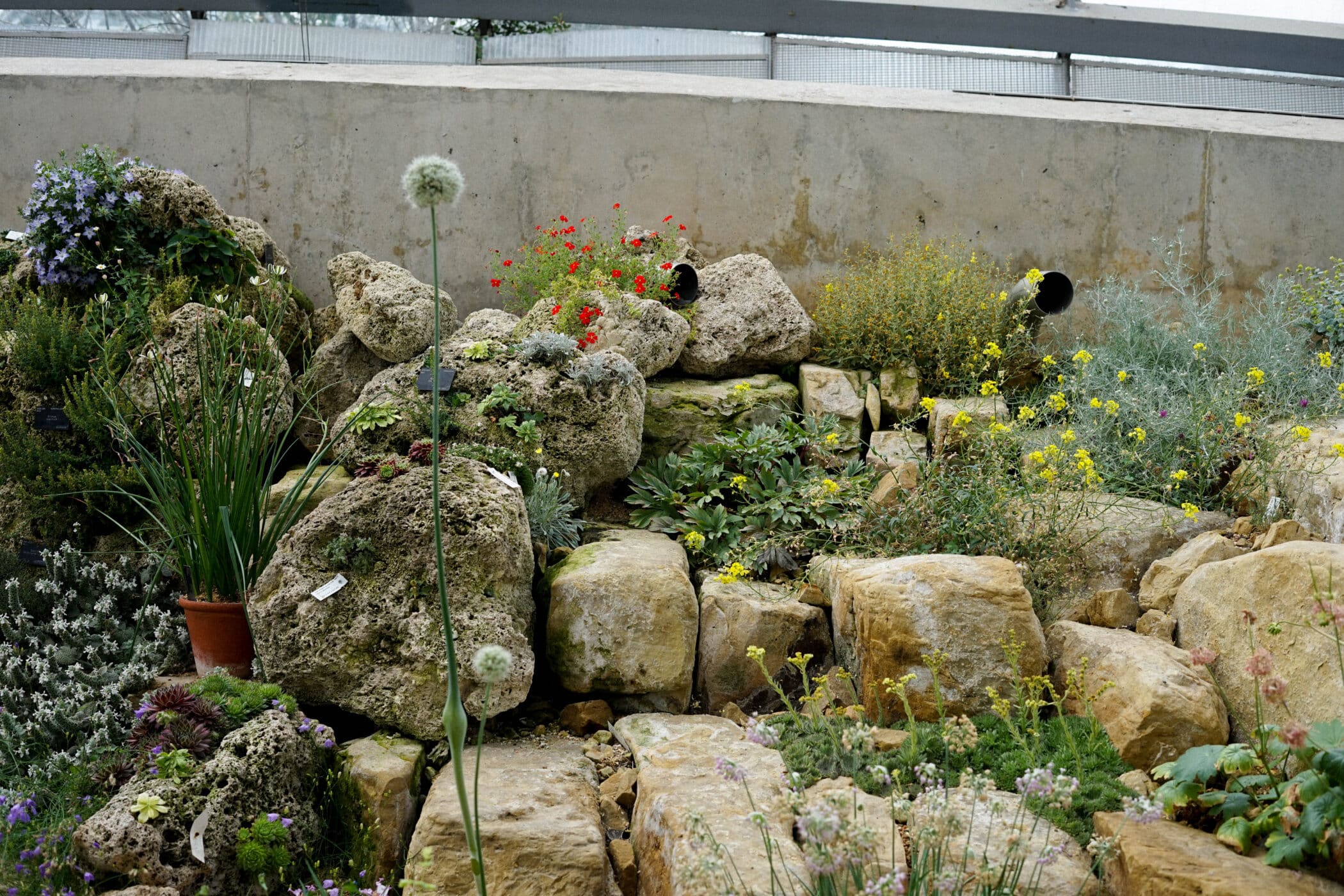
Displays like above array of succulent and arid-loving plants can make a beautiful and eye-catching addition to any sunny spot – and take up very little room. With the ability to survive in very dry locations, these types of plants, which are all very easily found in most garden centres, are perfect for rockery displays such as this one. With their dry-loving nature however, they are often just as happy in gaps between paving slabs, cracks in the wall or even channels between house and patio. You will be genuinely surprised at where they can survive.
The Royal Botanic Gardens at Kew are open for summer opening hours every day from 10am to 7pm (and until 8pm on weekends until the end of August). Find out more here.
All images credit: Ed Maitland Smith/Dig
